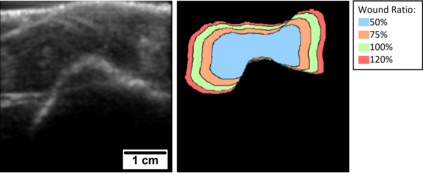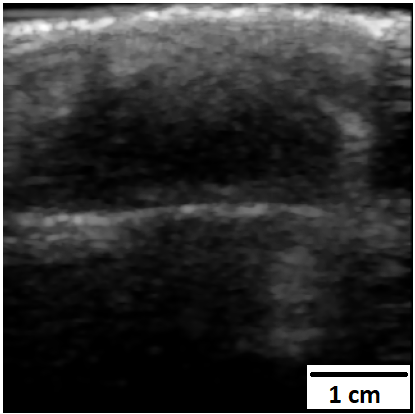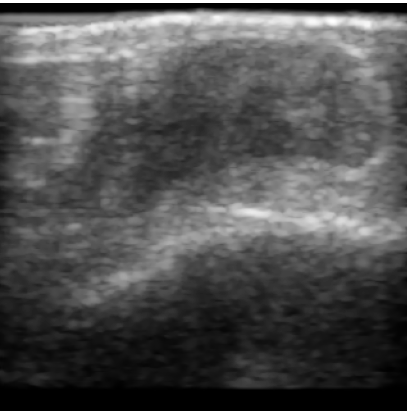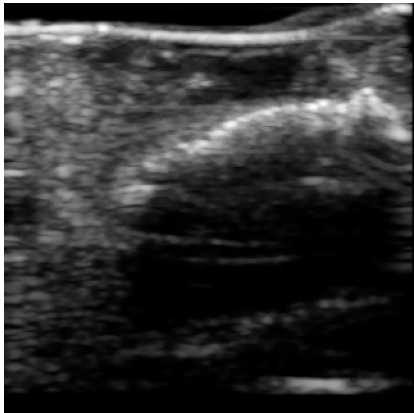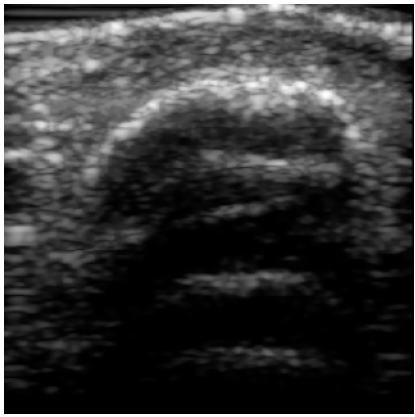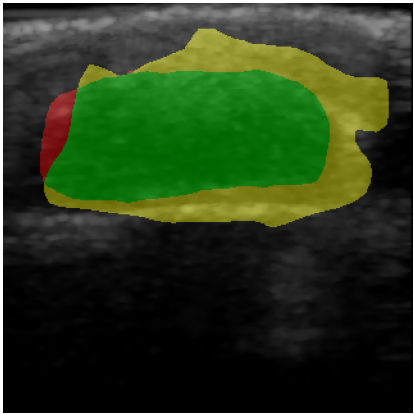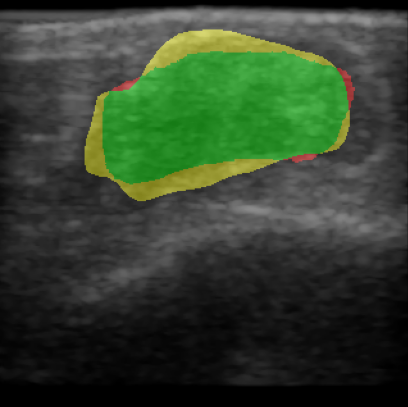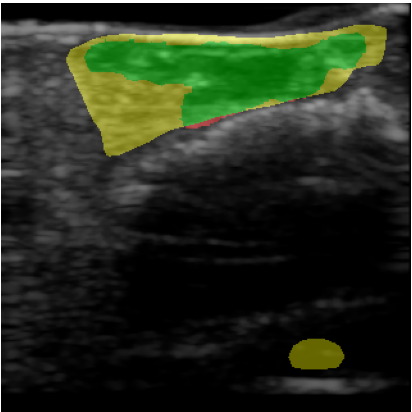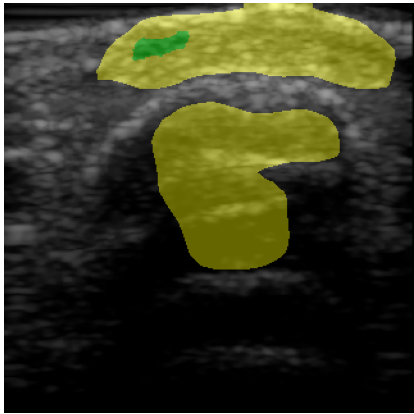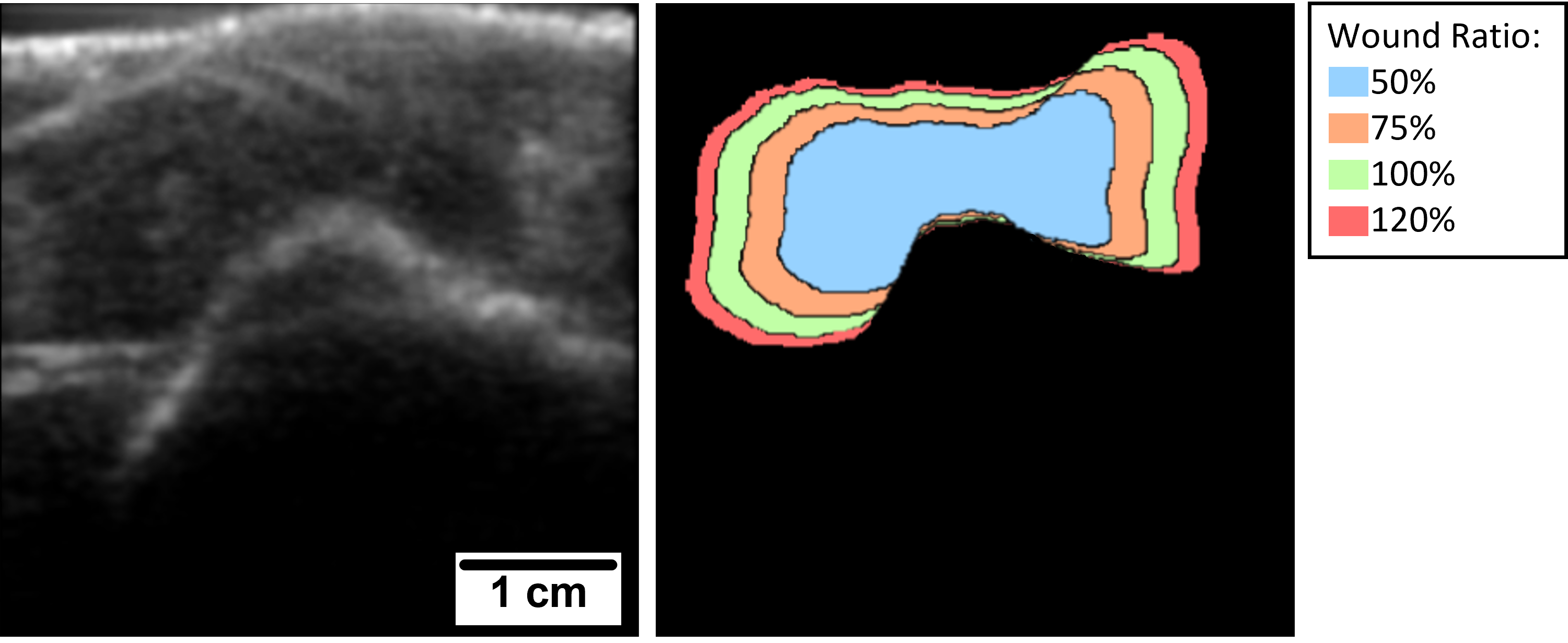Chronic wounds including diabetic and arterial/venous insufficiency injuries have become a major burden for healthcare systems worldwide. Demographic changes suggest that wound care will play an even bigger role in the coming decades. Predicting and monitoring response to therapy in wound care is currently largely based on visual inspection with little information on the underlying tissue. Thus, there is an urgent unmet need for innovative approaches that facilitate personalized diagnostics and treatments at the point-of-care. It has been recently shown that ultrasound imaging can monitor response to therapy in wound care, but this work required onerous manual image annotations. In this study, we present initial results of a deep learning-based automatic segmentation of cross-sectional wound size in ultrasound images and identify requirements and challenges for future research on this application. Evaluation of the segmentation results underscores the potential of the proposed deep learning approach to complement non-invasive imaging with Dice scores of 0.34 (U-Net, FCN) and 0.27 (ResNet-U-Net) but also highlights the need for improving robustness further. We conclude that deep learning-supported analysis of non-invasive ultrasound images is a promising area of research to automatically extract cross-sectional wound size and depth information with potential value in monitoring response to therapy.
翻译:人口变化表明,在今后几十年里,创伤护理将发挥更大的作用。目前,对创伤护理治疗的预测和监测反应主要以视觉检查为基础,基本没有关于基本组织的信息。因此,迫切需要采取创新办法,便利在护理点进行个性化诊断和治疗,最近显示超声波成像可以监测对创伤护理治疗的反应,但这项工作需要繁重的人工图像说明。在本研究中,我们提出了对超声波图像中跨部伤口大小进行深层学习的自动分解的初步结果,并确定了今后研究这一应用方面的要求和挑战。对分解结果的评估突出表明,拟议的深入学习办法有可能用0.34(U-Net,FCN)和0.27(ResNet-U-Net)的分数来补充非侵入性成像,但也突出表明需要进一步提高稳健性。我们的结论是,对超声波图像中的非侵入性超声波截断面的超声波深度图像进行深入学习支持的深入分析分析,是可自动提取的创伤后视波值研究领域。

